If you’re suffering from leg pain, you might be tempted to write it off. You might think you’ve just been on your feet too long, or that it’s a “sign of age.”
Contents
The Main Reasons For Leg Pain
But leg pain can often be caused by factors you might not even think about. Injuries you’re not aware of, or even dietary deficiencies can cause your legs to ache. Thankfully, you don’t have to suffer.
Here are the four most common causes of leg pain, and what you can do about it if you’re suffering.
Achilles tendon pain
The Achilles tendon is the tissue that connects your calf muscles to your heel bone. And Achilles tendon pain can be caused in two ways. The first is Achilles tendonitis. Achilles tendonitis is what happens when you overuse your legs. The tendon becomes inflamed and you’ll feel a dull ache in your lower leg.
The second is a ruptured Achilles tendon. In most cases, this is what happens when Achilles tendonitis is left untreated. When your Achilles tendon ruptures, you’ll feel more severe pain, and in some cases that pain can be debilitation. If this is the case, talk to your doctor immediately.
You can prevent Achilles tendonitis fairly easily. First, be sure to wear a good pair of orthotic insoles in your shoes. These will ensure that your feet are properly supported and that your pronation is correct. Secondly, be sure to stretch before you work out.
Finally, don’t be a “weekend warrior!” Strenuous bouts of exercise can cause your Achilles tendons to become inflamed. If you’re going to work out, do so regularly to keep your muscles in good shape.
Vitamin Deficiencies
Your leg pain may be caused by something as simple as a vitamin deficiency. There are two nutrients which are largely responsible for leg health are vitamin D and potassium (vitamin K.)
Studies show that vitamin D is critical to bone and muscle health. In fact, study subjects who took a vitamin D supplement were 20% less likely to suffer hip fractures. When you’re not getting enough vitamin D, your legs are among the first parts of your body to suffer.
Potassium deficiency, as you may already know, can cause muscle cramping. Potassium is an electrolyte, and your muscles need the proper combination of sodium, potassium and water to keep from cramping. Most people don’t get enough potassium in their diet, which, in short, can alter the way your muscles work when you exercise.
Thankfully, vitamins D and K are easy to get. You can add potassium to your diet simply by eating a baked potato, which contains 20% of your potassium for the day! Spinach, beets and bananas are also high in potassium.
Vitamin D is easy to get, too. Your body naturally produces vitamin D when your skin is exposed to direct sunlight. There’s vitamin D in food, too. Try oranges, collards or salmon to prevent leg pain from cramping.
Varicose Veins
You’ve probably heard of varicose veins. When most people think of this condition, they think of blue “spider veins” in the legs, primarily in older adults. But while treatment of varicose veins can be cosmetic, sometimes the condition leads to leg pain, too.
Varicose veins are caused by poor blood flow. Usually it’s because of a loss of elasticity in your veins – your body has to work harder to push your blood up toward your heart. As your body fights gravity, your veins become gnarled and enlarged.
Complications from varicose veins can be serious, including ulcers, blood clots and internal or external bleeding. Fortunately, varicose veins are easy to prevent.
Eat a healthy diet, incorporating a lot of fiber and a little salt. Keep your legs elevated when you rest, even if that’s just while you watch television in the evening. And try not to sit in one place. Change positions while you work frequently. Every now and then, stand up and take a stroll around the office.
Compression stockings are also great for varicose veins! They help to improve the blood flow from your feet and legs to your heart, and they’re comfortable to wear. Hearing the words “compression socks” may remind you of your grandmother, but don’t worry! There are many styles available now, and the socks are actually quite stylish!
Arthritis and Bursitis
Arthritis and bursitis sound similar, but they affect your body in different ways. Arthritis is joint inflammation, and when you suffer from arthritis you’ll also experience deterioration of your bones and connective tissues.
Bursitis, on the other hand, is the inflammation of the sac that surrounds your joints. That sac, called a bursa, is filled with fluid which keeps your joints “lubricated.”
When you overuse a joint, that sac can become inflamed. It will fill with fluid, and the tissue around it will begin to hurt from the extra pressure.
Arthritis and bursitis have different causes. Arthritis is common in people who are older, because it’s caused by normal wear and tear on the body. Injuries can exacerbate the development and the symptoms of arthritis.
Bursitis is usually caused by repetitive motion. If your job requires you to repeat the same action over and over, you’re at a greater risk of developing bursitis. But it, like Achilles tendonitis, can also affect the weekend warrior. Excessive use of your joints after a long period of inactivity can greatly increase your risk of developing bursitis.
Tips to Avoid Leg Pain
These four causes of leg pain are only the most common. There are dozens of reasons why you could be experiencing leg pain, cramping or inflammation.
Of course, it’s always best to talk to a doctor if you’re feeling chronic pain, or pain that you can’t explain. But there are a few ways you can avoid leg pain.
First, wear supportive shoes. Properly fitted shoes which support your arches can correct your posture, improve your pronation and help you avoid leg pain.
Secondly, wear orthotic insoles. Many times, you may be forced to wear shoes which don’t provide proper support. For example, your work shoes. Wearing orthotic insoles can provide the support and cushioning your feet need to avoid leg pain.
Finally, wear compression stockings. Compression stockings can be worn every day to improve the circulation in your legs. Whether you work out or are simply on your feet all day, the stockings will improve the circulation in your legs, pushing blood against gravity to your heart and helping you to avoid leg pain.




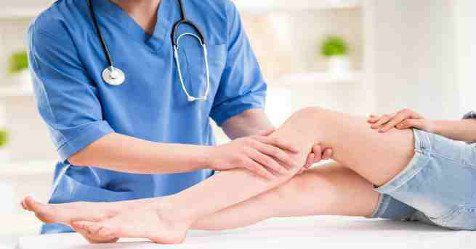





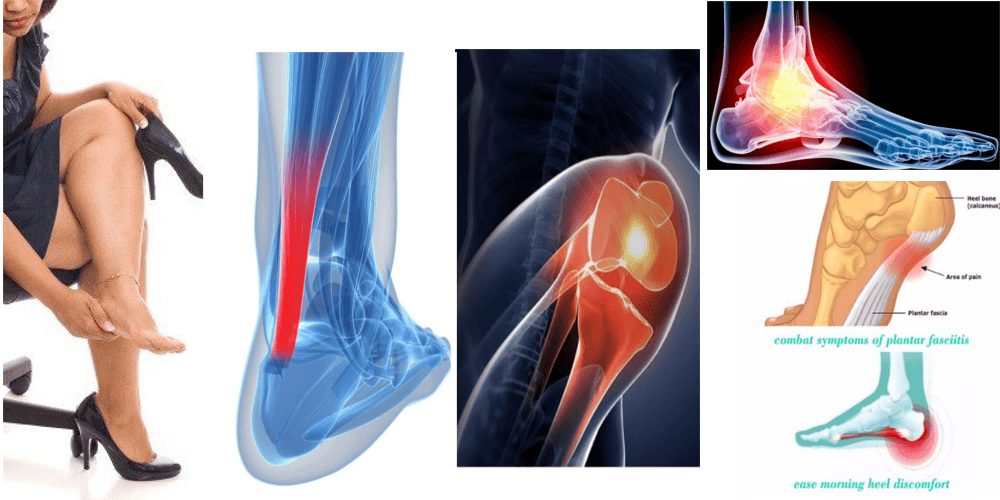
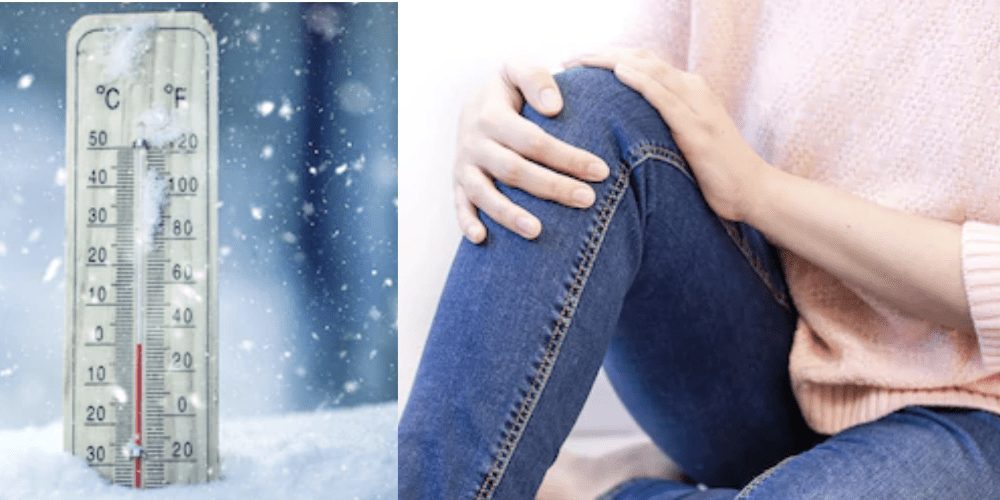

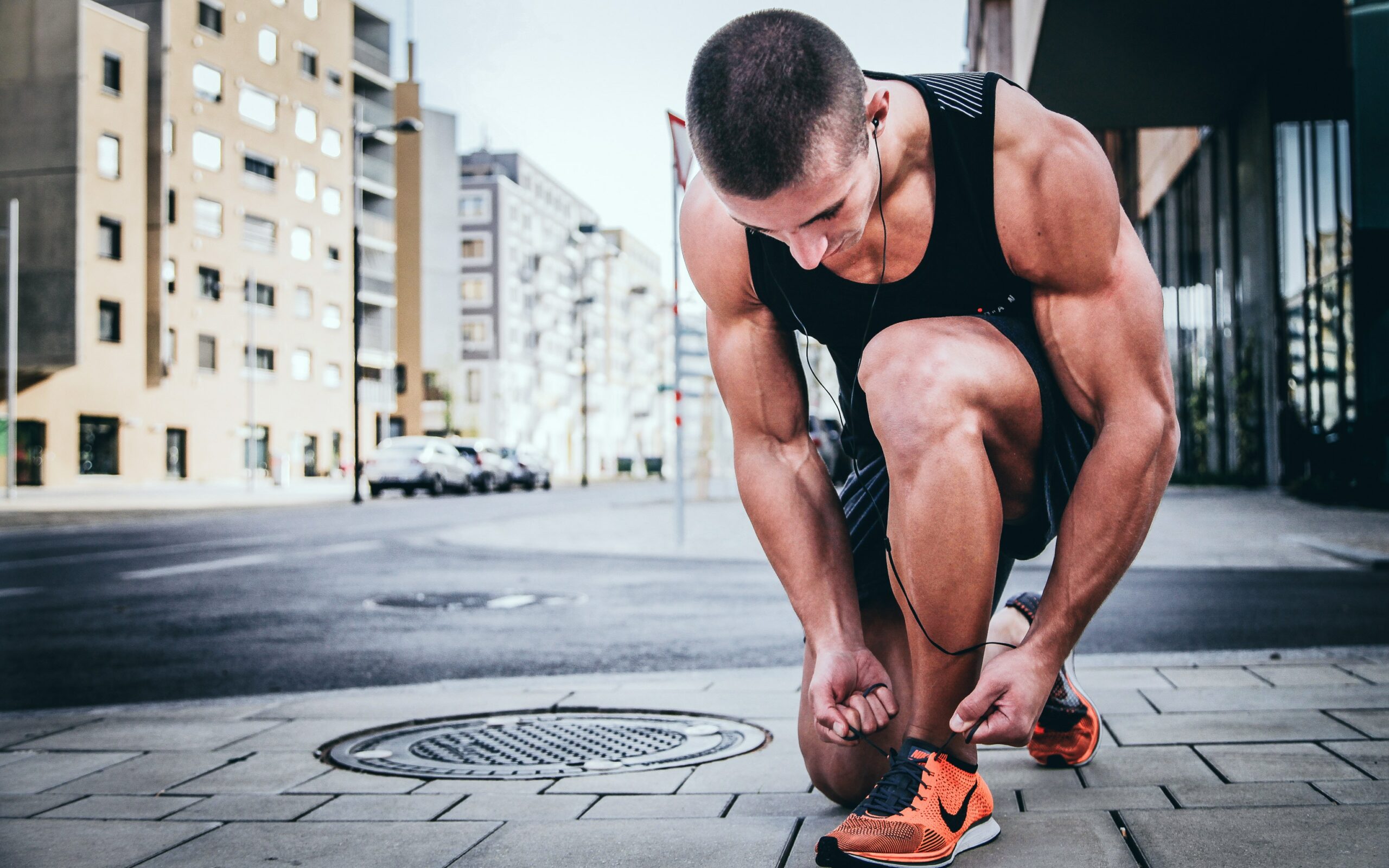
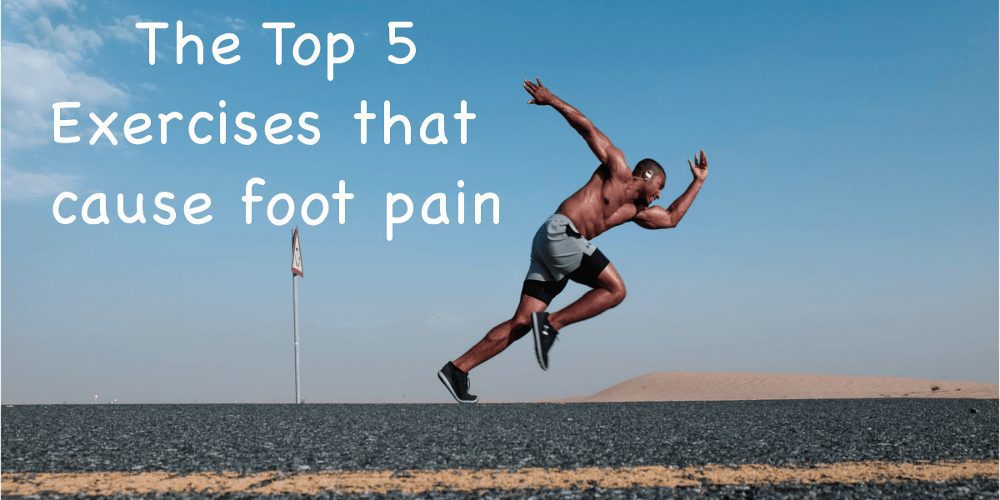

One Response
I was told some years ago that lying on my back with my leggs up the wall 15 minutes in the morning ad night would help the heart move accumulated toxins from the leggs and help with the cramps